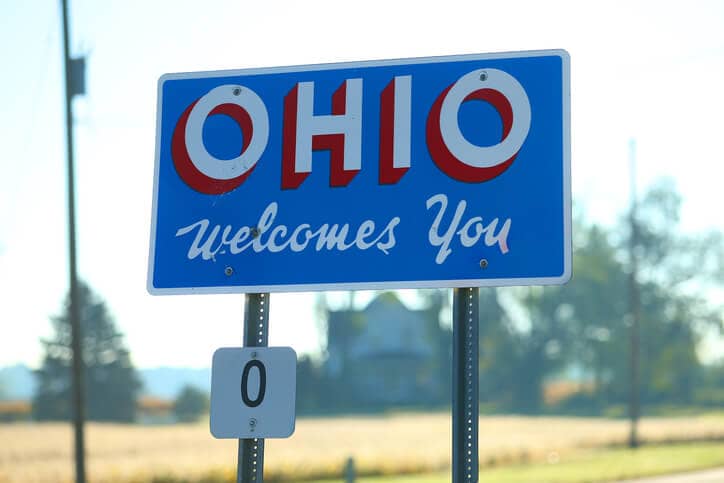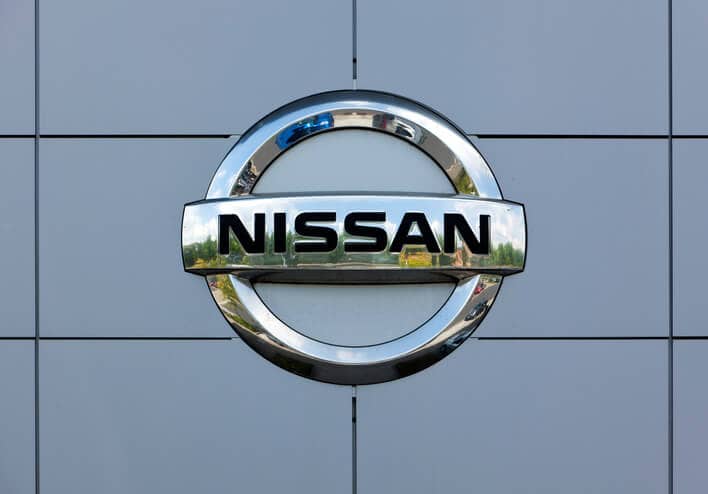The U.S. Department of Energy’s (DOE) Fuel Cell Technology Office recently released a report showing that the average fuel economy of fuel cell electric buses from three fleets is approximately 6 miles per diesel gallon equivalent (DGE), 1.4 times higher than conventional diesel buses (approximately 4.2 miles per DGE) from one fleet and up to 1.9 times higher than compressed natural gas (CNG) buses (approximately 3.3 miles per DGE) in another fleet.
According to the DOE, this finding demonstrates significant fuel economy improvement toward the department and the Federal Transit Administration’s target of 8 miles per DGE.
The report notes that fuel cell electric bus durability has reached 23,000 hours, surpassing the technology office’s 2016 target of 18,000 hours, and range has reached up to 340 miles, more than 13% above our 2016 target of 300 miles.
The report, entitled Fuel Cell Buses in U.S. Transit Fleets: Current Status 2016, published annually by the National Renewable Energy Laboratory, summarizes the progress of fuel cell electric bus development in the U.S. and discusses the achievements and challenges of introducing fuel cell propulsion in transit.
The 2016 report focuses on the August 2015-July 2016 time period for three demonstrations: the Zero Emission Bay Area Demonstration Group, the American Fuel Cell Bus Project at SunLine Transit Agency in California, and the American Fuel Cell Bus Project at the University of California at Irvine. The results for these buses account for more than 550,000 miles traveled and 59,500 hours of fuel cell power system operation.
To read the full report, click here.







It’s terribly important that readers understand that any MPG comparisons of just 3 transit fleets, each with their own unique duty-cycles and thus very different impacts on MPG rating, is “informative” but certainly not able to be validly extrapolated to the transit sector in general. I am sure the report contains lots of caveats and other clarifying statements to this effect, but these critically important caveats are easily lost in necessarily truncated news brief reports. One would hope that readers apply this common sense filter to these out-of-context seemingly absolute statements/claims.